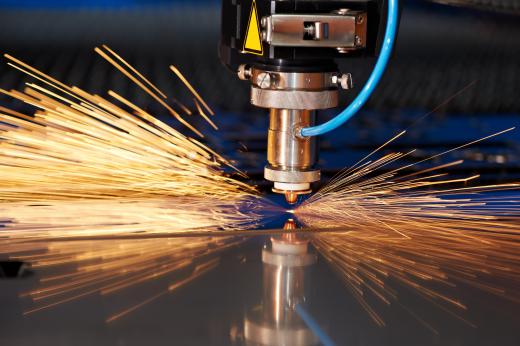Laser cut software is made to connect with a laser cutting unit so a computer design can be cut in a medium, and selecting the best program may be tough. The ability of such software to connect with computer-aided design (CAD) and other design programs can be very beneficial, because this normally makes it easier for you to import your design into the laser cut software. There are various cut types, and the best software should be able to work with a range of different laser cuts. Along with the cut type, the laser depth tends to be important. An error sometimes occurs during production, and it usually is best to get a program that recognizes any errors.
When you use laser cut software, you usually need to import an image into the program so it knows what to cut into the medium. While some programs have their own design features, you normally will have to design the image in another program. It usually is best if the software can directly connect with external design programs, because this tends to make importing easier and the image normally does not have problems when it is imported.

Many different types of cuts are used when engraving in a medium, and it normally is best if the laser cut software can use a range of different cuts. This can include engraving cuts, straight cuts and bevel cuts. If the cutting software includes many different cut types, then this normally makes the software more versatile and suitable for a wider range of cutting projects.
While different cuts commonly engrave to different depths — straight cuts normally are shallower than bevel cuts, for example — this is not always the case. To ensure the cutting depth is correct, laser cut software should have a variable cutting depth function. This will enable you to change the depth so some areas are more pronounced than others.
Errors can sometimes occur during production, even if a computerized laser cutter is being used. This may be the fault of the laser cut software, or it may be because you or someone else moved the table holding the laser cutter. Any error can destroy a project, so it normally is best if a program can recognize errors and stop the project early. By stopping, the software will stop wasting time and energy, because the energy output for a laser cutter tends to be both expensive and difficult to maintain.
